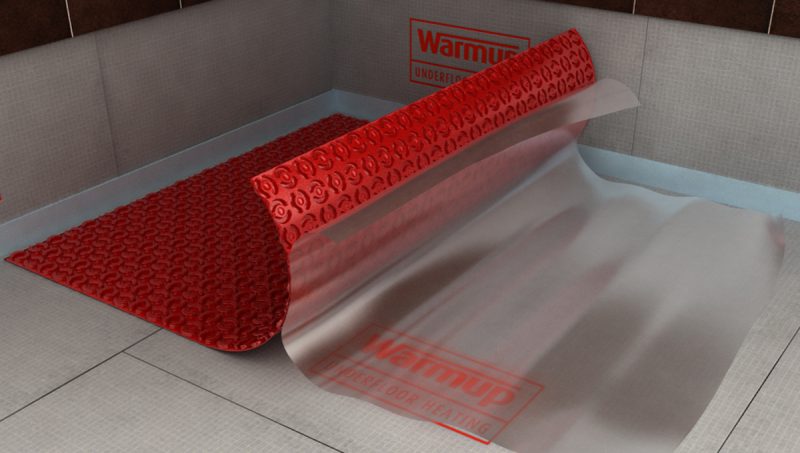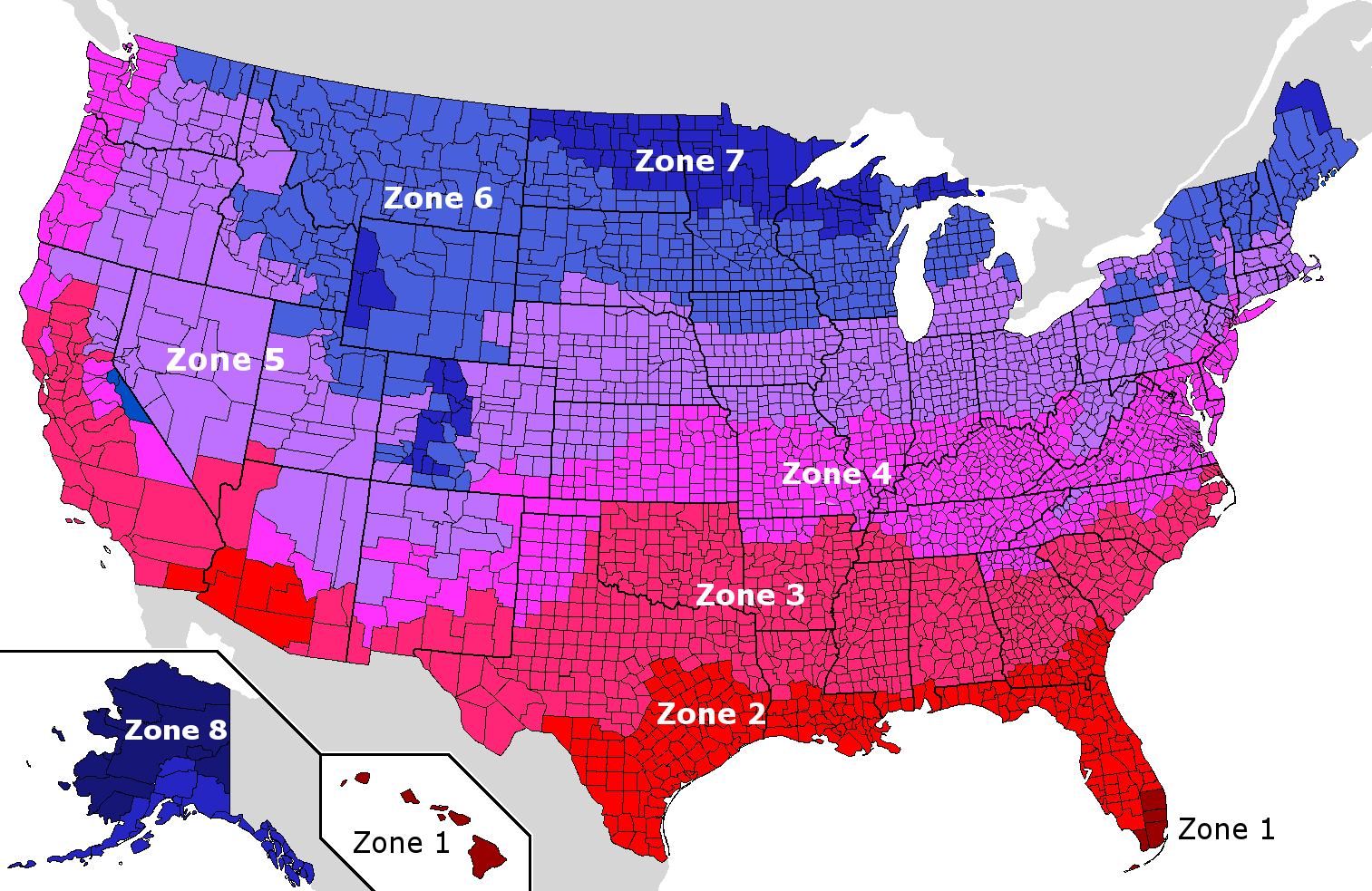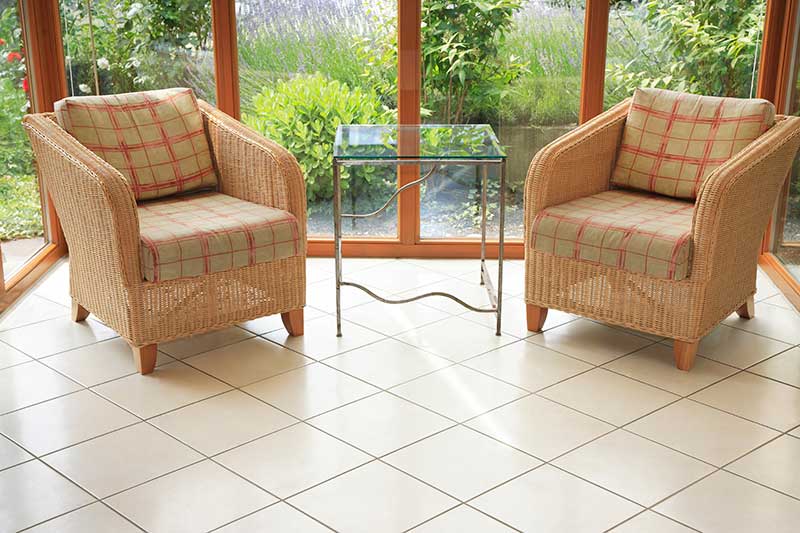Radiant floor heating is an efficient and comfortable heating option for contemporary properties but it’s important to make sure your chosen system will provide enough warmth in a space. To assist with this, knowing how many BTUs per square foot you should plan for is a good idea. So, in this article we’ll explore:
- What BTUs (British Thermal Units) are
- What factors affect BTU values
- How to calculate the BTU output needed to heat a space
- How radiant heat can help to comfortably heat your home
What is a BTU?
A BTU (British Thermal Unit) is a unit for measuring the potential heat output of a heating system, taking into account environmental concerns and other mitigating factors. One BTU is the amount of heat it would take to raise the temperature of one pound of water by one degree Fahrenheit.
If you’re considering floor heating for an upcoming renovation project, knowing the system’s square footage BTU value can help you decide if it is the right choice for your requirements.
Will Radiant Floor Heating Provide Enough Heat for My Project?
There are many advantages to using underfloor heating in your home: from evenly dispersed, direct heat to much greater energy efficiency (and therefore greater cost-savings) than more traditional heating methods to its near silent operation. With regards to its heat output levels for a BTU calculation, we offer a wide range of electric floor heaters that provide a high enough temperature for most projects.
Looking for more information about the heat output of floor heating? Read our expert guide.

What Factors Affect BTU /sq. ft Values?
Many factors affect BTU values. Variables such as climate, room size, flooring type and insulation levels should be all considered when determining BTU per square foot heating calculations.
Flooring Type
If you’re considering installing floor heating for your property, the type of flooring you plan to use with the system can be a factor in understanding BTU values.
When installed with flooring that is a good conductor of heat, like tiles or stone, radiant floor heating can heat spaces quickly and efficiently. However, if you’re planning on using a flooring material that may restrict heat, like thick carpeting, you should select a heating system that can produce more BTUs per square foot.
Size and Layout of the Room
The size of a space will impact its ability to be adequately heated. A larger room will take longer to warm up, for instance. By calculating the size of the rooms you need to heat using the formula to work out its square footage (its length multiplied by its width) you can determine the total amount of BTUs required to heat the space.
Insulation
Insulation is an important part of any underfloor heating installation, helping to improve the system’s responsiveness and reduce overall heat loss.
A well-insulated property will reduce the time it takes for it to be sufficiently heated, so a lower BTU level is required. If you live in an older home that, while full of character, is perhaps not so full of insulation, you should add a few BTUs per square foot to your BTU calculation.
Number and Type of Windows
Windows creates more significant heat loss than solid walls, so when calculating BTU per square foot values, consider increasing the BTUs if the space features a lot of glazing.
The Activities Within the Room
Body heat can increase the temperature of a space. So, if the property you wish to heat will be used by large groups of people at any one time or will be a space used for physical activities (such as a yoga studio or spin class), it would be wise to subtract a few BTUs to your calculations. Similarly, spaces like commercial kitchens, which produce ample heat of their own without needing much supplementation, should also have an elevated BTU value.
Climate and Temperature Extremes
One of the most important factors in variable BTU values is the climate zone you live in. Knowing this will help dictate your project’s recommended BTU values. The colder the climate, the longer it will take for a space to be heated up and therefore, the higher its BTU value needs to be. To discover your climate zone, refer to the map below:

How to Calculate the Recommended BTU per Square Foot
A good rule of thumb to work out the BTU /sq. ft measurement for a new floor heating system is to use the climate zone map above to assess which zone your property is located in and then use the following table to find its approximate matching BTU value:
- Zone 1: 30-35 BTU per square foot
- Zone 2: 35-40 BTU per square foot
- Zone 3: 40-45 BTU per square foot
- Zone 4: 45-50 BTU per square foot
- Zone 5: 50-55 BTU per square foot
While this may not be the most scientific approach, it’s a good starting point for any project. If you really want to crunch the numbers and accurately determine how many BTUs per square foot your home requires, you will also need to calculate your home’s heat loss. You can learn more about calculating heat loss in a property in our informative article.
What are the BTU Values of Radiant Floor Heating?
The BTU values of Warmup’s electric radiant floor heating systems will typically range from 35 to 50, making them suitable for all but the coldest climates. Some Warmup systems also offer a personalized heat output, so you can ensure it will precisely match the desired BTU measurements. For instance, the DCM-PRO Heated Uncoupling System allows flexible spacing of its heating cables to easily adjust heat output levels to fit the bespoke needs of a space. The StickyMat System meanwhile, is available as a 120-volt and 240-volt mat, allowing you to facilitate a higher or lower heat output in accordance with your project’s BTU measurements.
Warmup’s research-led approach to design has resulted in cutting-edge heating systems that can heat your home more evenly and efficiently, all while saving you money. Looking to make your home as comfortable and energy efficient as possible? Contact us today or get a free online quote and find out why Warmup is the world’s best-selling floor heating brand.





![Thumbnail [200x250]](/wp-content/uploads/Indoor-Systems-Page-Image.png)
![Thumbnail [200x250]](/wp-content/uploads/image-13.png)
![Thumbnail [200x250]](/wp-content/uploads/Projects-Image.png)